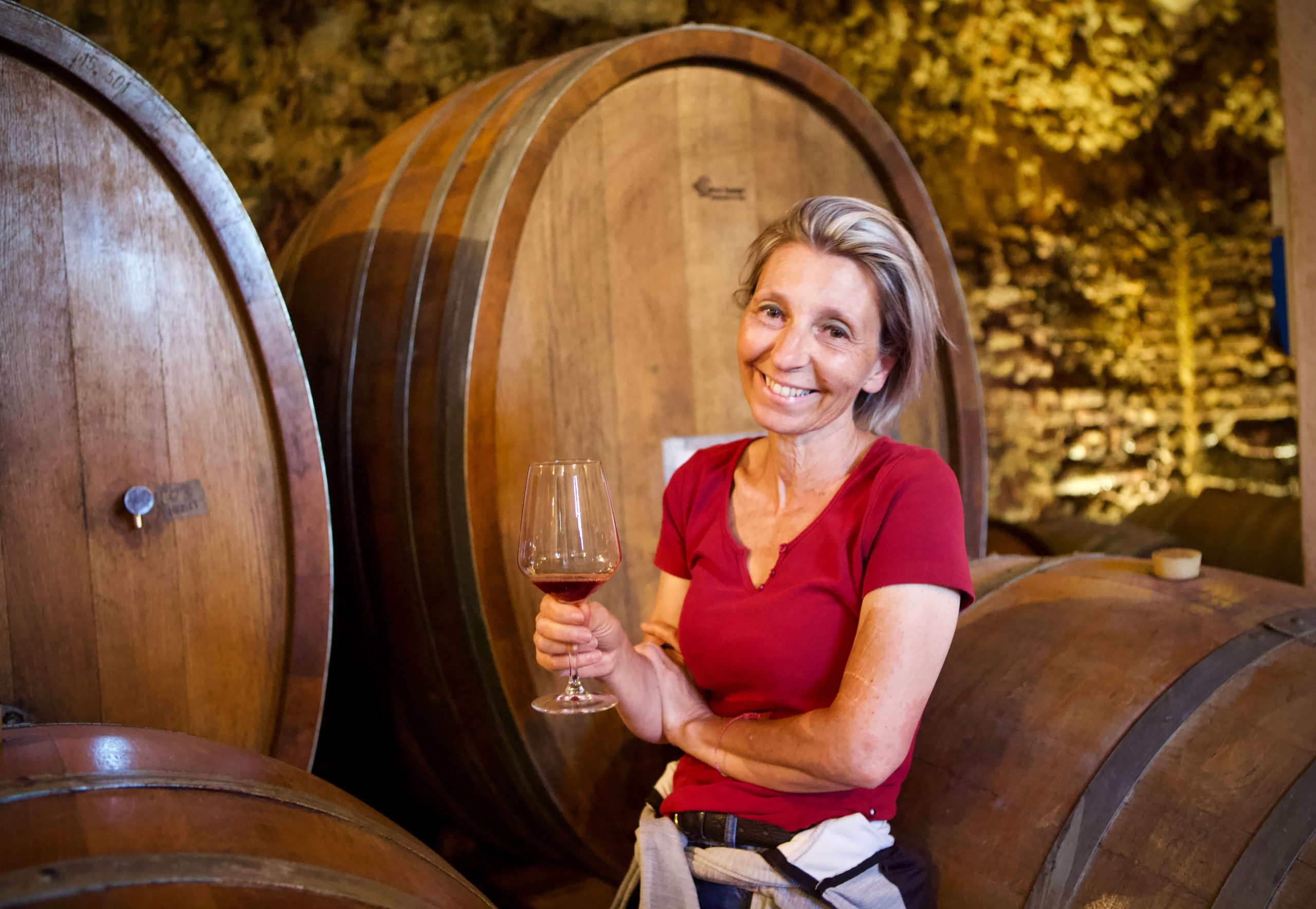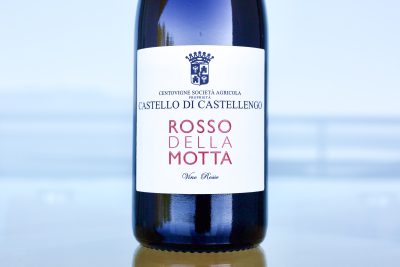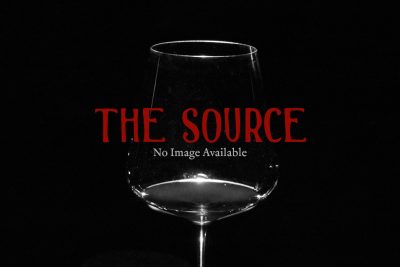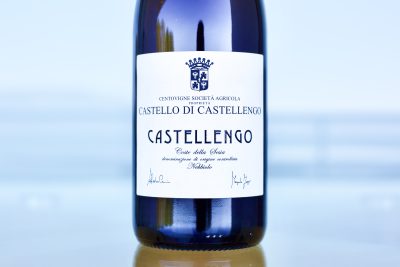Castello di Castellengo
Short Summary
Full Length Story
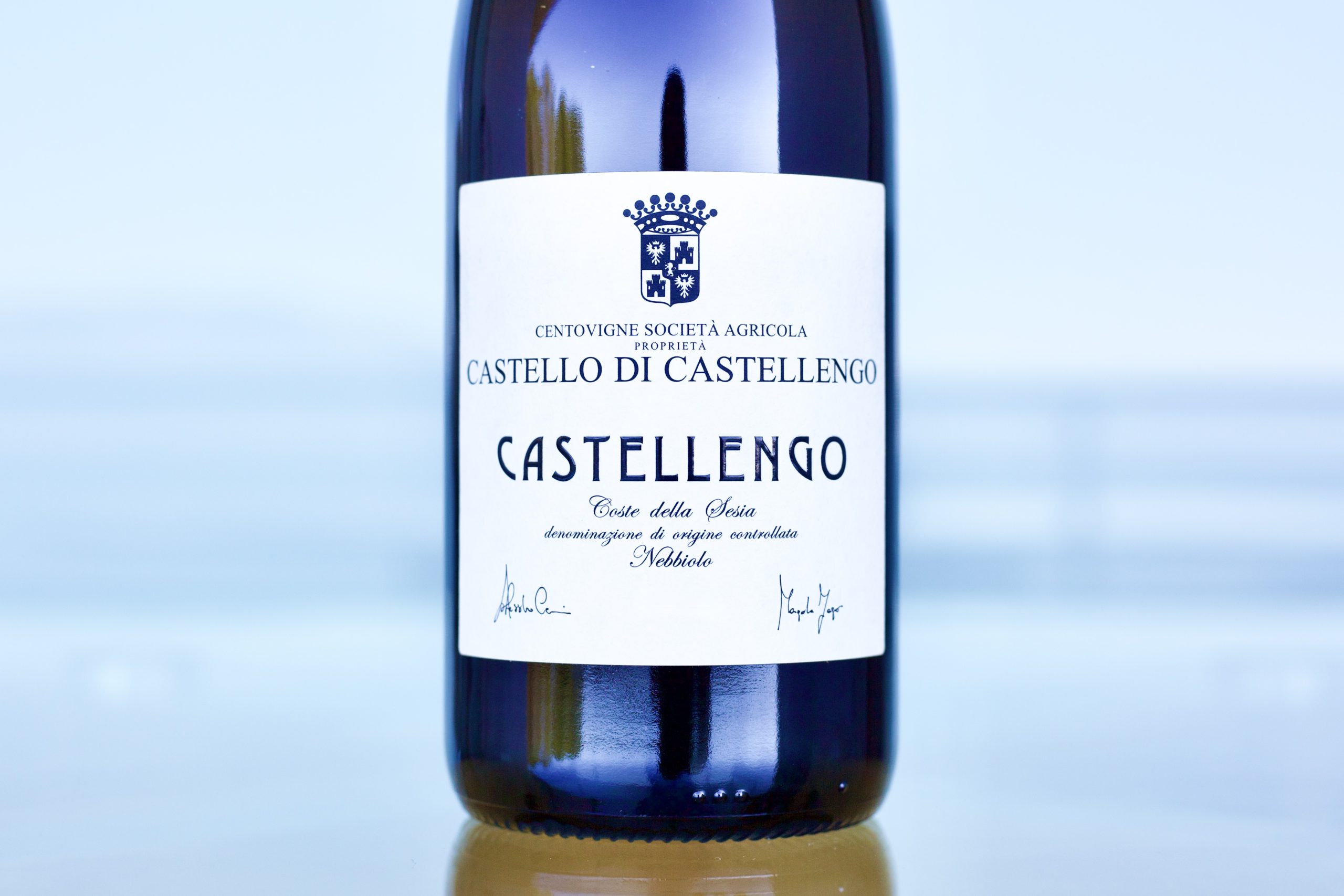
When first introduced to a new grower’s wines, we try to find reasons not to import them because we already can’t help ourselves by not overextending with our current roster. In fact, after two rounds of samples of Castello di Castellengo, we went to the cantina for our first visit to confirm whether or not we were in. Along for the ride was a longtime friend, the former importer and restaurateur, Max Stefanelli. He was told on the way there that the first two tastings were very good and that we were hoping to be let down by the visit so I didn’t have to sign them on. After Max tasted the first two red wines in the range, even before we got to their top red, the Castellengo, he leaned over and whispered, “I’m sorry, but I think you know you have to import these wines.”
Located east of the once wealthy Alto Piemonte town of Biella, and south of the prestigious Lessona appellation–whose Nebbiolo wines were once considered Italy’s finest–a unique hill stands above the eastern plain below, spared from the full erosion caused by Alpine runoff and glacial movements. This special terroir, featuring volcanic marine sands similar to those in Lessona and the eastern side of the Bramaterra appellation, is home to the organically farmed Centovigne Nebbiolo and Erbaluce vineyards, owned by Magda and Alessandro Ciccioni. Raised on the grounds outside their 18th-century castle, Castello di Castellengo, Magda (who is both the mind and hands behind the delicate yet flavorful wines) matures their organically farmed wines in concrete tanks and large oak barrels, blending tradition with modern sensibility.
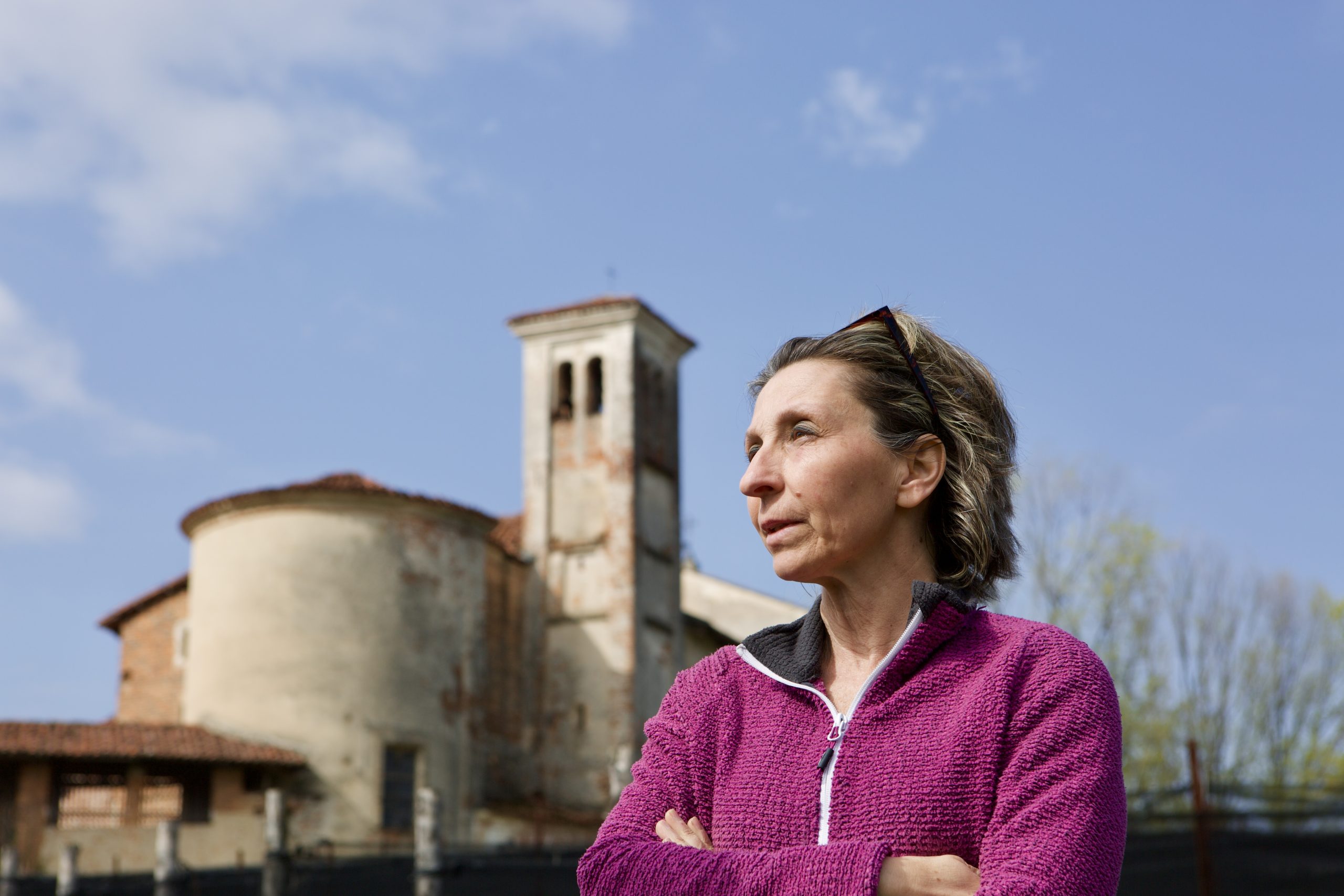
It’s only a matter of time before the generic D.O.C. appellations of Coste Della Sesia (established in 1996) and Colline Novaresi (in 1994) need to be updated. Their D.O.C.s were established when almost nothing so serious was happening in Alto Piemonte to grab the attention of journalists and buyers. Today, several hectares (give or take 100) planted can only be classified as Coste Della Sesia D.O.C., but where it starts to get hairy is when grapes grown in other D.O.C.s that don’t adhere to the D.O.C./D.O.C.G. regulations can also be labeled Coste Della Sesia D.O.C. or Colline Novaresi D.O.C.
Viewing this appellation through terroir lenses, like geology and climate which, of course, both affect the choice of what varieties are optimal to plant, makes them especially hard to generalize, except that they’re far too general. There’s too much quality wine made on very different terroirs all over these widespread appellations, and while some are average sites, others are spectacular and picturesque. However, dizzying eye-candy vineyards don’t immediately guarantee the highest quality, and it’s often those that are unassuming and even boring to look at that can deliver a spiritual awakening in vinous form. Take many top vineyards of the Côte d’Or, like Chambertin and its satellite Grand Crus, or the unassuming vineyards of Brézé that electrified the wine world only just over ten years ago.
In the Coste Della Sesia D.O.C., one such grower making fabulous wines whose range easily competes regardless of price on finesse with some of the top growers in the ‘more serious’ appellations, like Lessona, Bramaterra, Gattinara, and Boca, is Castello di Castellengo.
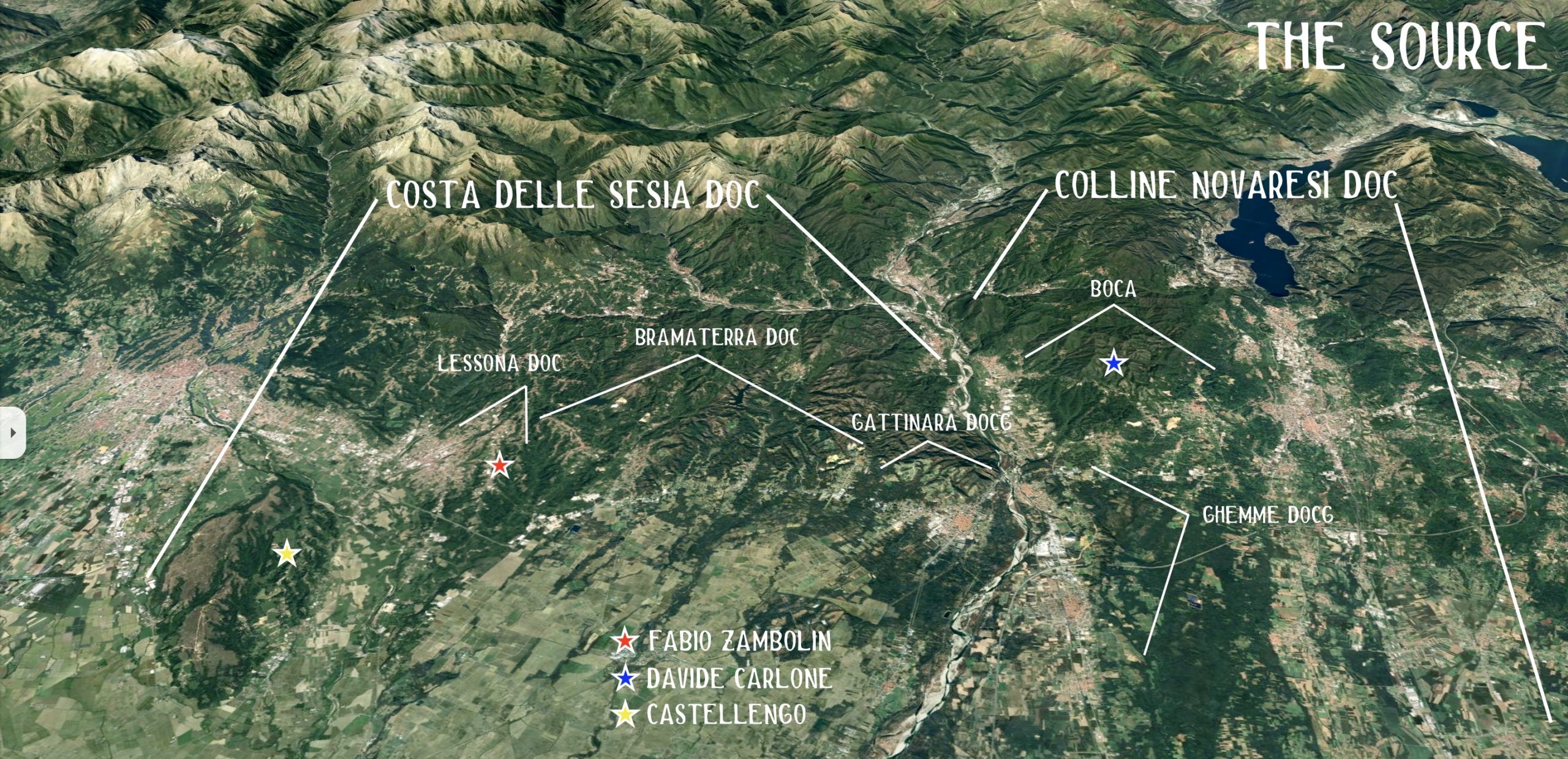
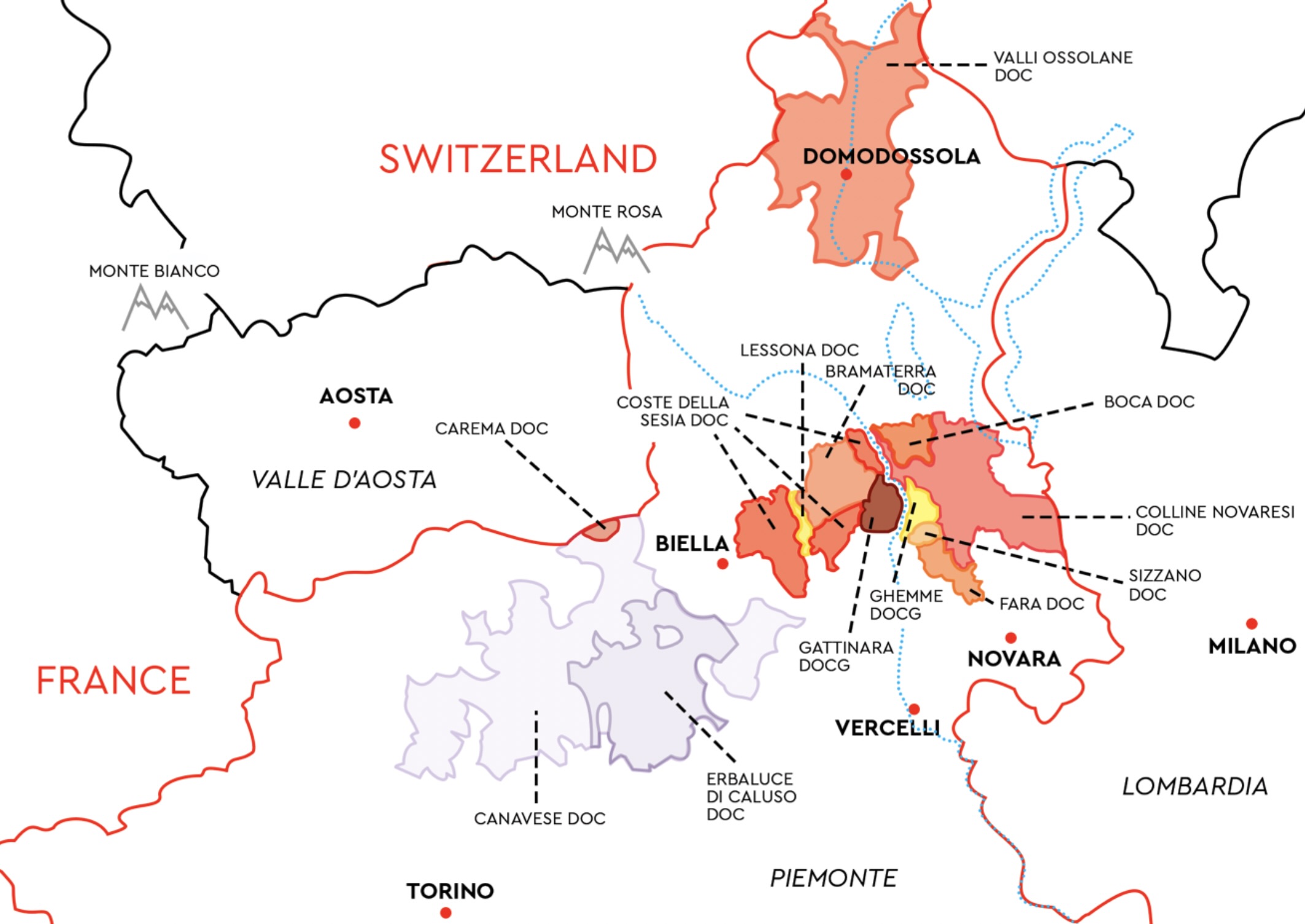

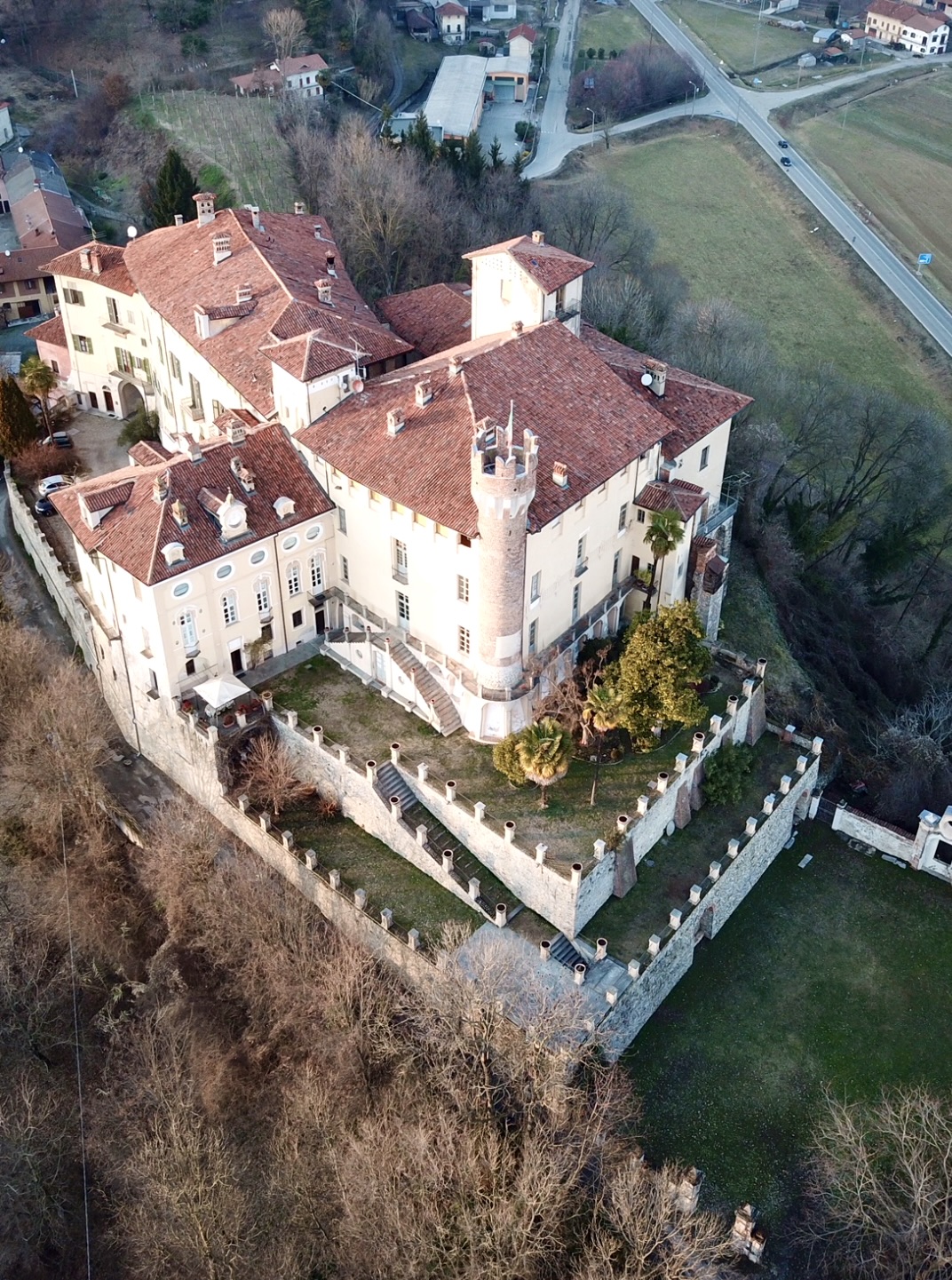
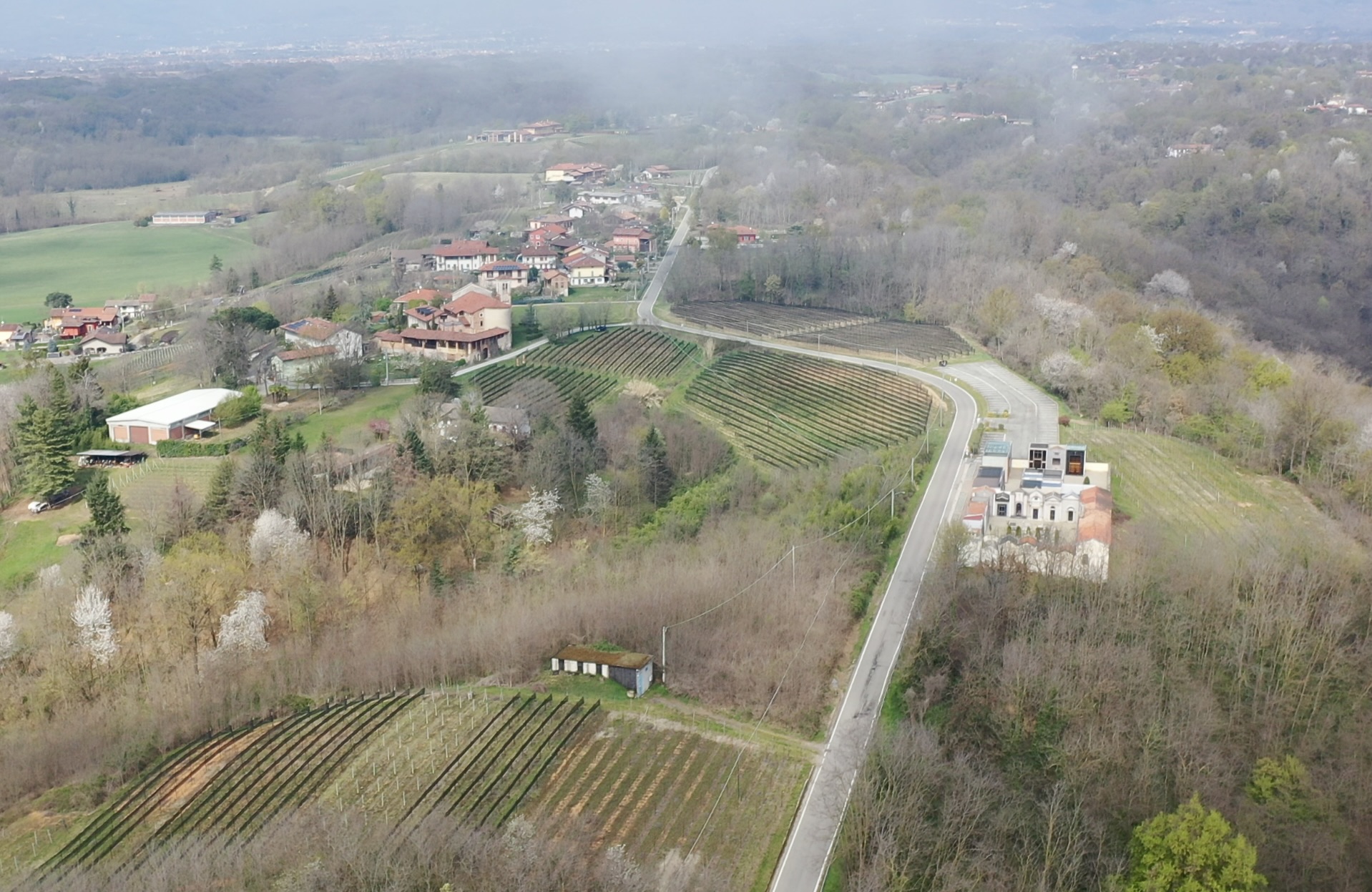
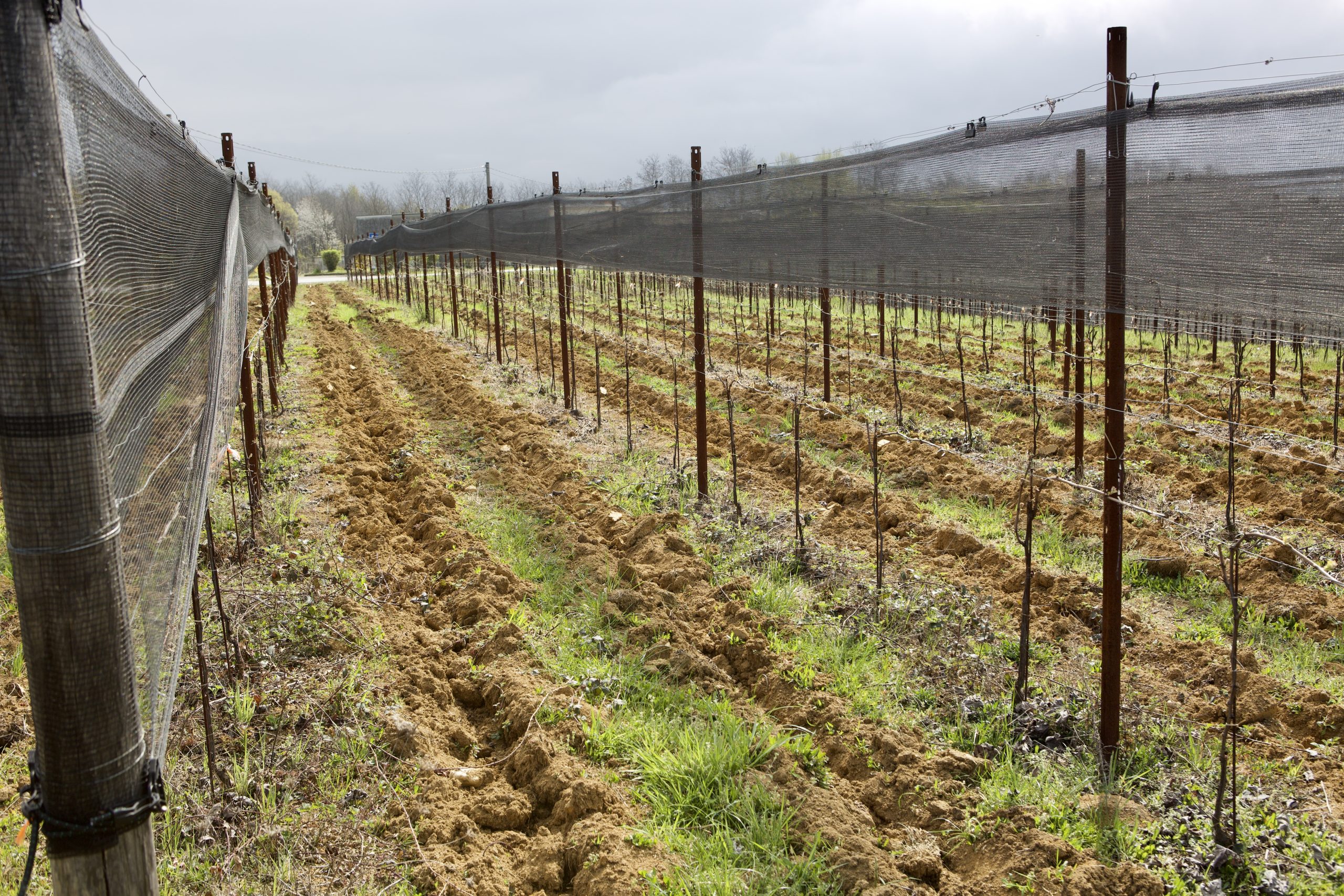
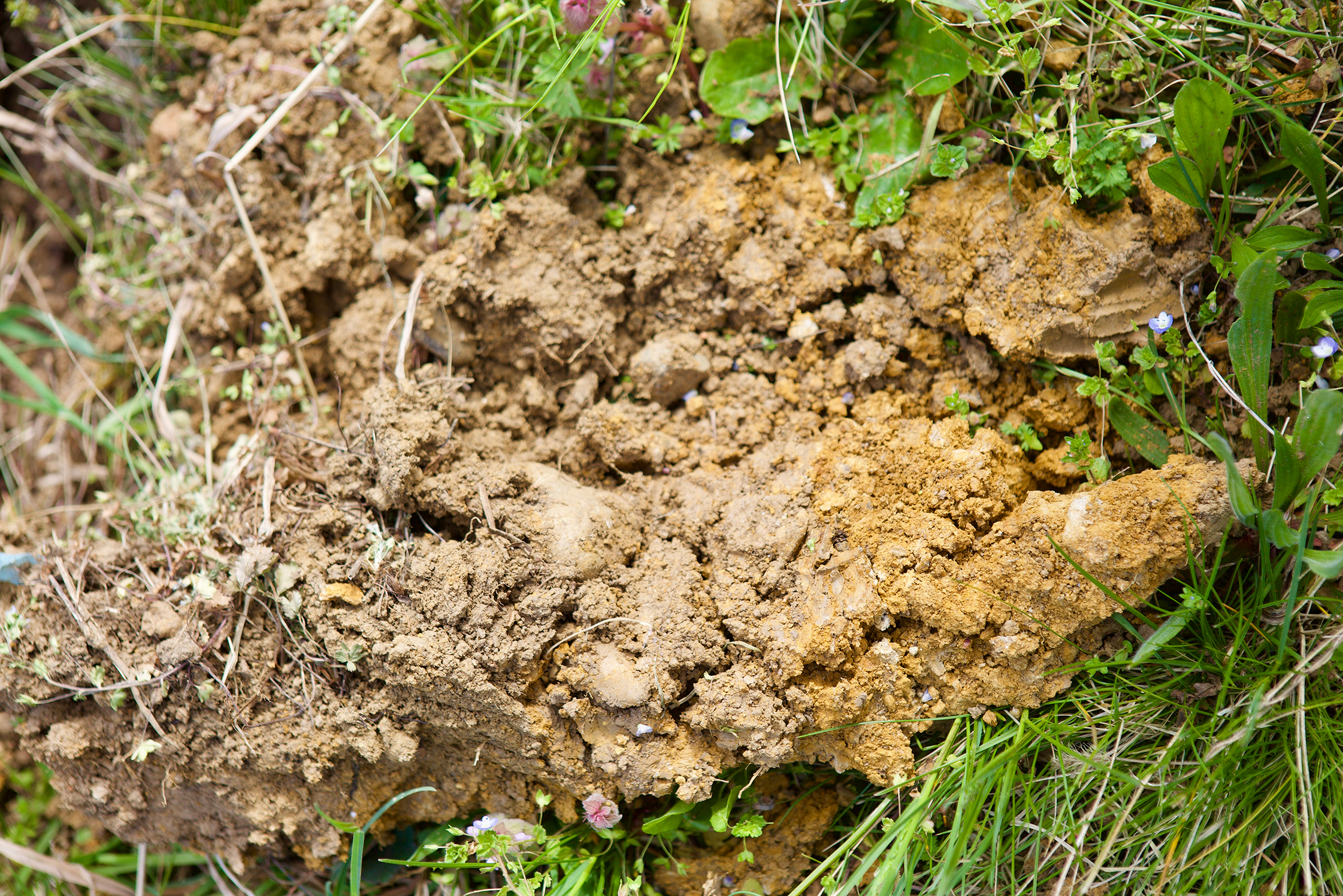
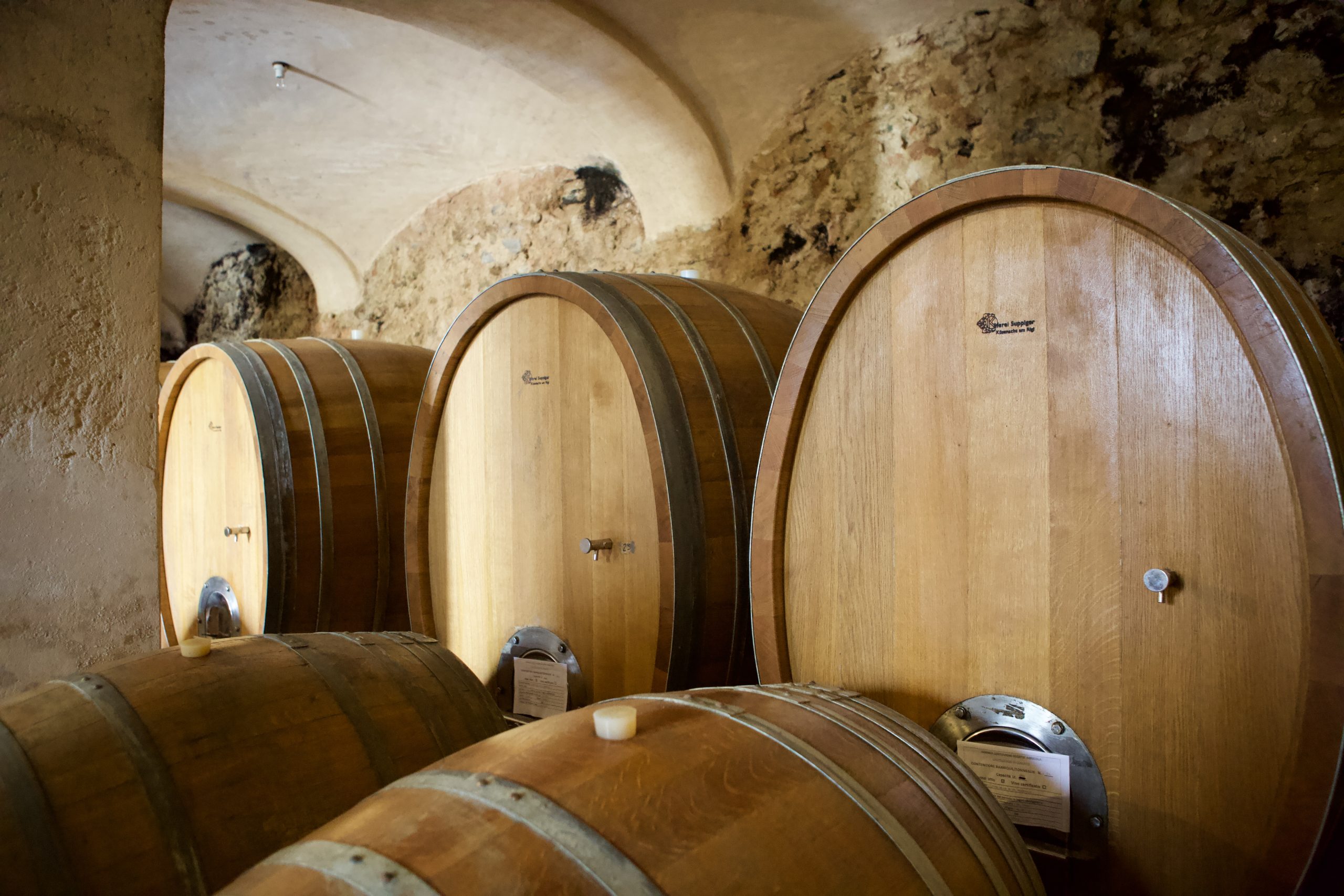
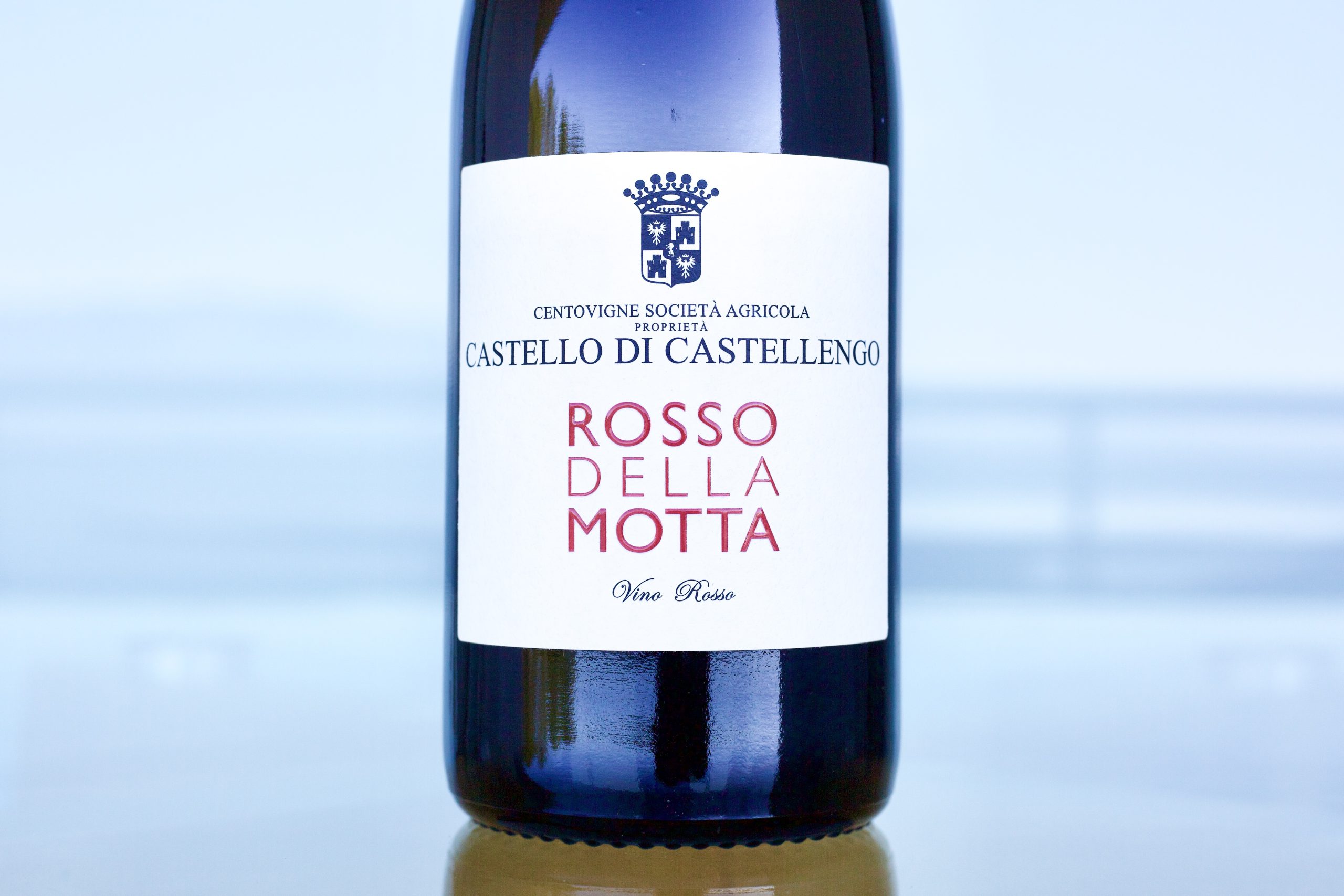
The Castello di Castellengo’s Coste Della Sesia ‘Rosso della Motta’ has a shocking price, in the best possible way. It’s very inexpensive, but it’s also very serious. What it’s best at is how much joy it unfurls compared to so many other Alto Piemontese reds that have forgotten wine is also to be enjoyed; to be fruity and merry. It’s made entirely from Nebbiolo grapes harvested from 70 to 80-year-old vines planted between 300-350 meters on the rolling hills of marine sand and clay. To keep the fruit profile upfront during its two-week natural fermentation in steel, Magda keeps the temperatures maxed out at 22° C. It’s then aged on lees for 24 to 30 months in concrete without racking before a light filtration at bottling. With only 40 mg/L of total sulfur, added only at bottling, its years of refinement under all the natural bacteria, yeast and microorganisms that survived and even grew in fermentation make this a truly authentic wine, at a great price.

The cantina’s highest emotional, cultural, and finely tuned craftsmanship Magda delivers is her flagship wine, 2016 Coste Della Sesia ‘Castellengo,’ The 2015 was spectacular already, but given the choice of starting with that slightly more rustic but wonderful version or the more perfected and precise 2016, when tasted side by side, there was really no choice. If we were in the year 2013 today, during perhaps the height of Alto Piemonte’s market share, this wine could’ve been one of the most talked about in the entire region, if tasted blind–its appellation while tasting might deter people from acknowledging how fabulous it really is. Also entirely composed of Nebbiolo from a single plot of 25 years, it peaks at 370 meters but is on a steep slope. In the cellar, it’s also kept from exceeding 22° C during fermentation to preserve more fruit for its three years in old 15hl barrels. For those who love wonderfully refined and stunningly perfumed Nebbiolo in large old wood, this is not to be missed.


